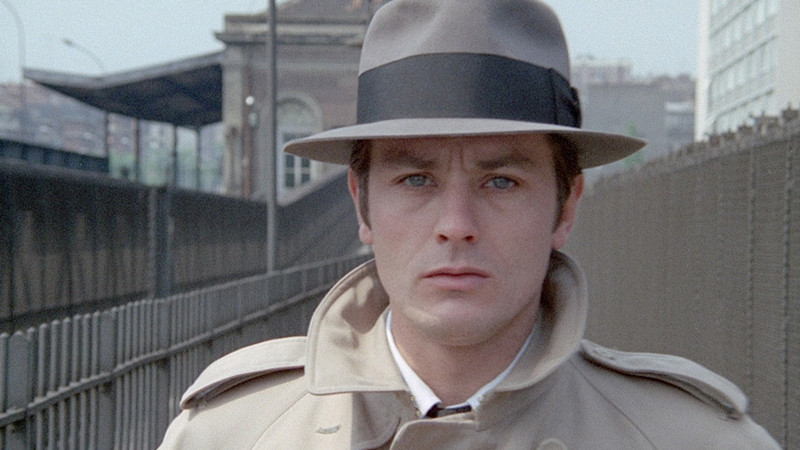
Aesthetics drive certain films to the brink of being signature products. You think of these films, and you are immediately whisked away by memories of visual and audible splendor. Aesthetics within a film is only one aspect. What happens when the production and wardrobe play into the film’s artistic display? What if the post-production elements of a film even come into play (particularly the editing and non-diegetic/diegetic sounds)?
At this point, you’re looking at a film that is far more geared toward cinematography and sound mixing when it comes to its branded universe. These kinds of films are considerably stylish because of the way the people within them dress, and how the films themselves dress the worlds around them. These are 10 of the most stylish films of all time.
10. Bande à part
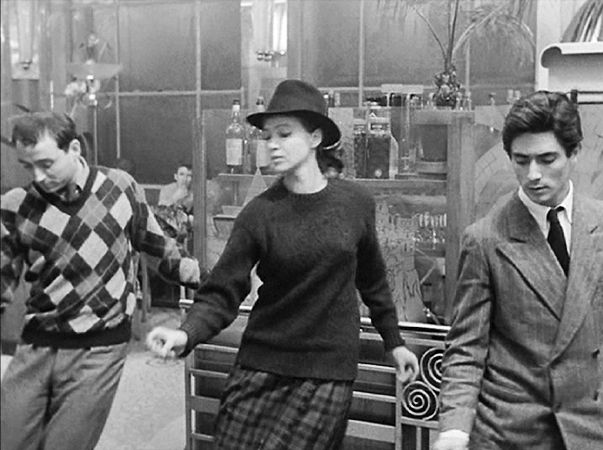
You have to start a list like this off with some Jean-Luc Godard. The reason why any Quentin Tarantino film would be remotely considered (including “Pulp Fiction”) is because of the French director’s influence on his work (including Tarantino’s production company taking its name from this very film). For this category, “Bande à part” can take the cake (but not easily; it was up against “Pierrot le fou” and “A Woman is a Woman”).
Anna Karina is the short-haired rebel who teams up with two older men to commit a heist. She flirts with them as much as she flirts with danger, and the film is similarly as sleek as it is nasty. The editing is either generous with its long takes (the iconic dance scene feels like it will never end, but we’d prefer if it didn’t end at all) or is savage with its quick cuts. The hip music and the quirky fashion (draped in black and white) make “Bande à part” a living magazine, and it continues to be one of the glossiest French New Wave films.
9. Barry Lyndon
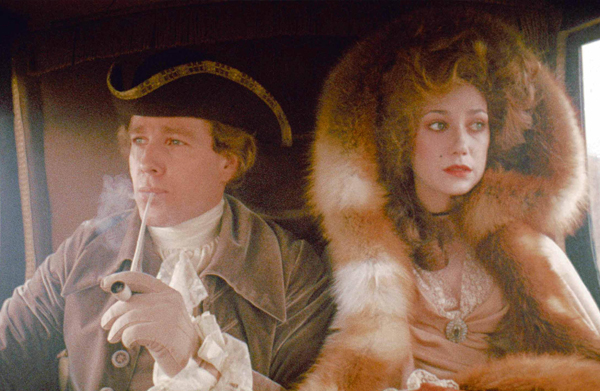
You are always guaranteed a visual treat when you put on a Stanley Kubrick film, but “Barry Lyndon” is a completely different level of eye candy. The pastel-tinged cinematography (by the brilliant John Alcott) makes every single shot of this period piece into a breathing painting.
Part of the success here is due to the hyper realistic sets and costumes. Each wig was reportedly made from real hair (which is historically authentic), and the corsets the actresses had to endure were also accurately made (and thus unforgivingly constricting).
The regal hats and flowing gowns punctuate each shot with finesse and elegance. If that wasn’t enough, you also have the groundbreaking technology that allowed the film to work with natural lighting alone; this means candlelit scenes resembled how all of these extravagant images would look when exposed by flames. The film flows glacially, allowing the viewer to get soaked into each and every scene’s riches.
With model-turned-actress Marisa Berenson at the forefront of a good chunk of this film, you witness the different classes of Ireland (and other parts of Europe) that led up to the distinctive upper class and its precise ways. “Barry Lyndon” feels less like a history lesson, as it really feels like a transport to a new universe.
8. Blade Runner
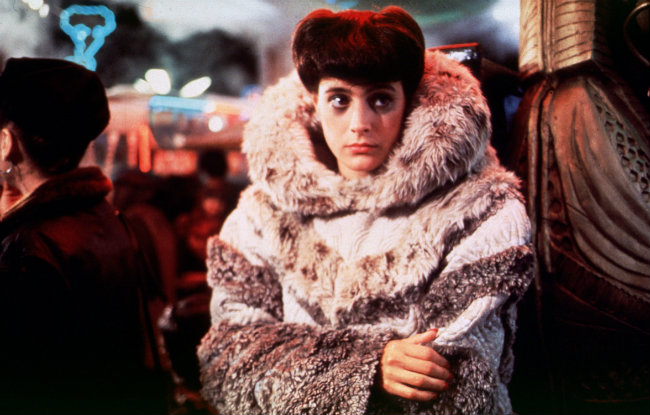
The glory of science fiction is that you have the opportunity to start a world from scratch. You can use your clean slate to start every single detail within it from the ground up. “Blade Runner” takes this chance and runs with it (pun partially intended), as it is easily one of the most immersive sci-fi films out there.
In a world that is heavily based around fashion, commercialism and Japanese culture, the Los Angeles depicted here (apparently in 2019) is futuristic while familiar. The vehicles can fly, yet they soar past large jumbotrons that blast commercials. The clothing (including the noir-staple trench coat) is of this world if we went down a different path (will the see-through rain coat look ever catch on?). Otherwise, we have the frigid replicants posing stoically in their outfits as if they were animated mannequins (Rachael in her fur coat particularly stands out), while neon lights cast colours on top of them.
This is the future, but it’s still a grimy downtown Los Angeles (and thus nothing changes). Tie all of this up with an 80’s synth soundtrack (by Vangelis), and you have a world that is both the future and the present. In “Blade Runner,” the sketchy alleyways are as gorgeous as the higher end sections of the same city.
7. Blow Up
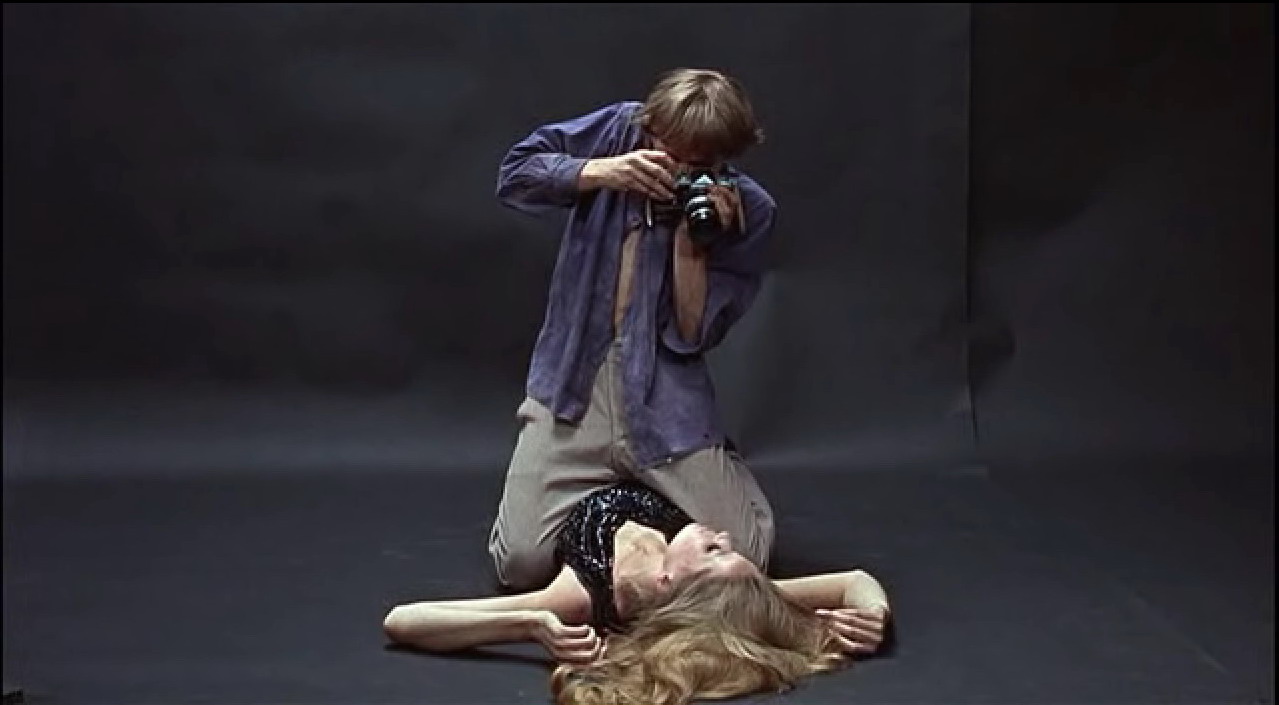
After the obliteration of the Production Code (because almost everyone took advantage of this opportunity to make whatever taboo-laced films they desired), filmmakers started to use their newly found freedom a little more wisely.
Not all explicit content has to be grungy; it can be showy, too. Here’s where Michelangelo Antonioni’s “Blow Up” comes in, because this film is a calculated effort that exploits every aspect within it to the nth degree. Models and subjects parade in and out of Thomas’s studio to be shot for a variety of fashion-related projects. His shoots can result in passionate love, or the despair that leads to death.
When the fatality of a stranger catches the eye of the photographer (with a corpse seen in a photograph), even this moment is shown with flair, as close-up shots and clashing images combat one another. Thomas’s curiosity leads him to all sorts of editorial shoots that have come to life; he visits a Yardbirds concert that goes haywire, peruses the night time scene, and finishes his journey by interacting with a mime tennis match. His work becomes his life, and “Blow Up” features all of the clothing, music and pop culture that trendiness can define to make it ours, too.
6. Chungking Express
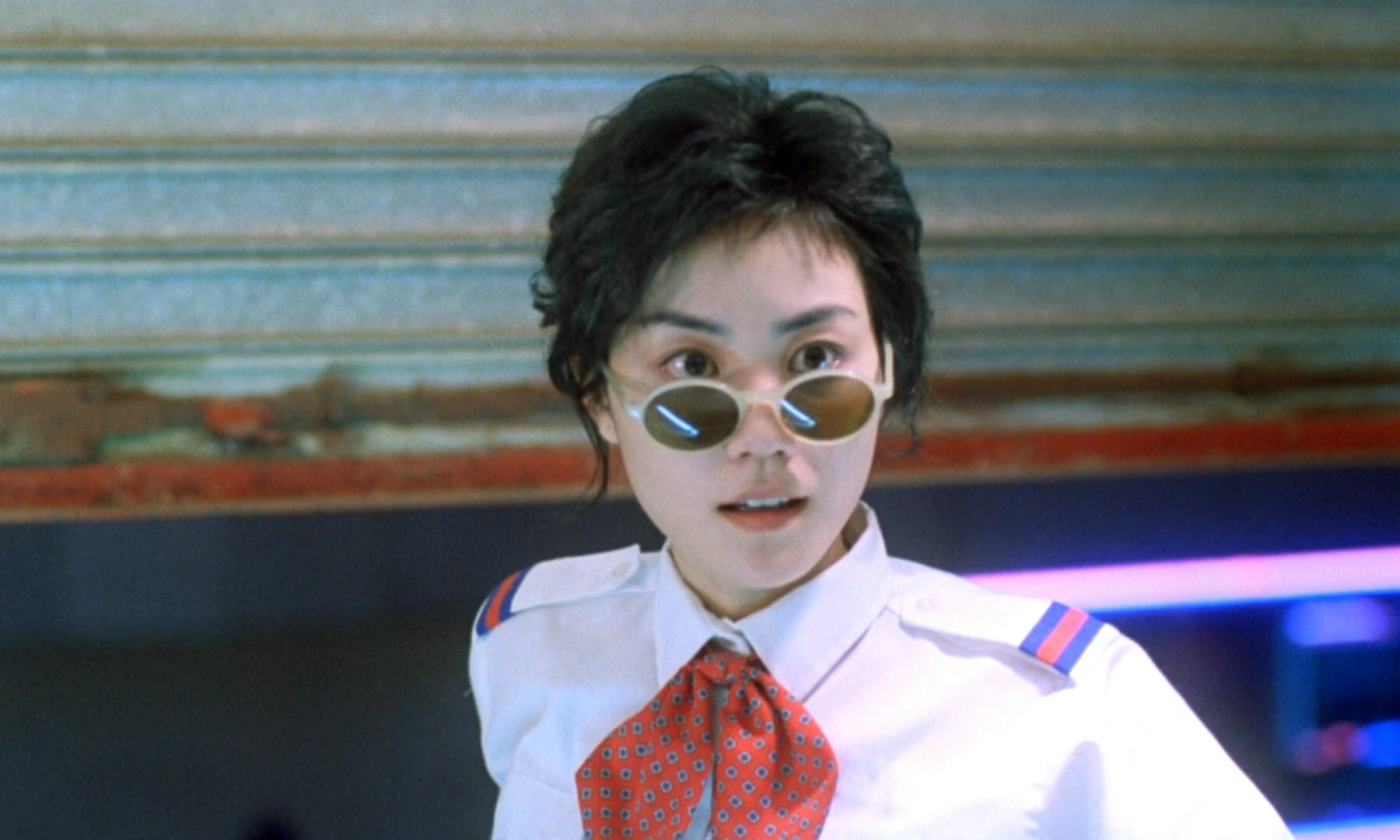
“Chungking Express” is the longing for love in the midst of the real world. As Wong Kar-wai can see it, adoration can drip into the city around you when you’re enamored. The shots blur into the bleeding neon lights, and the ambient sounds echo like an audible mist that surrounds you.
The city is its own character that can be seen as an engulfing force or an embracing hold, depending on how you currently feel (depressed or ecstatic). The people themselves dress for their everyday lives: a short haircut and t-shirt to serve food, a police uniform to showcase a position, and a disguise to blend into the crowd (unless you become the object of affection to an onlooker). The activities of police officers, flight attendants, fast food servers and drug smugglers suddenly become poetry when viewed through rose-coloured glasses, and the society around these stories become pieces of art.
In “Chungking Express,” the ordinary and the extraordinary become one, so even the dullest of fashion choices are on par with the more signature looks (Brigitte Lin and Faye Wong dominate this department). Watching “Chungking Express” is to have blinders on, and everything becomes a heart piercing wave of taste, dreams (specifically Californian ones) and culture.